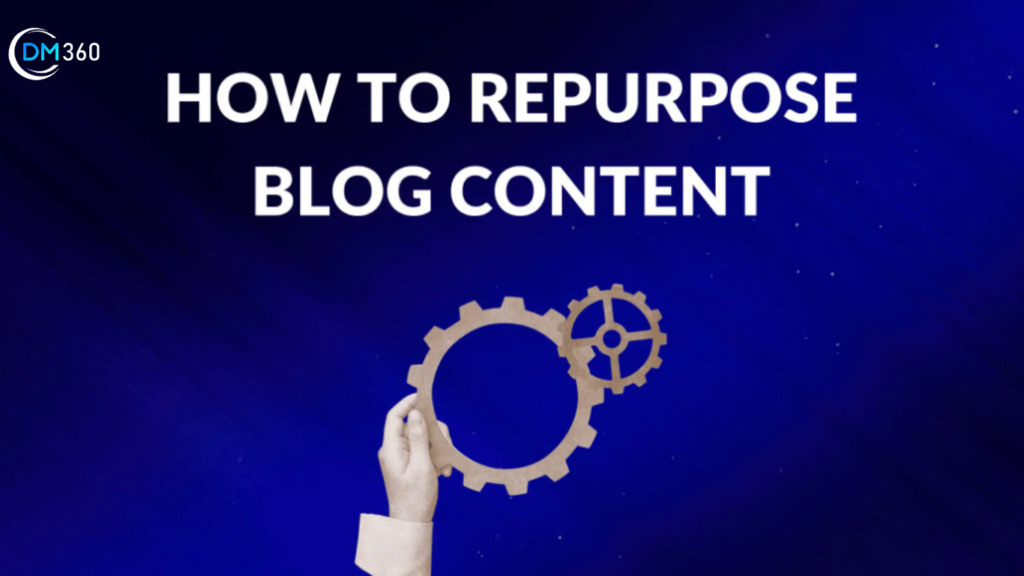Powerful SEO Strategies that Maximize ROI – No matter your business size, industry, or scope of operations, Search Engine Optimization (SEO) is nigh inescapable. It’s no exaggeration to say that your SEO is your fate in the web world, as it affects lead generation, acquisition, and even conversions. But what exactly is SEO, and how can it enhance your marketing efforts’ Return on Investment (ROI)? Let us briefly address the former and then explore powerful SEO strategies that maximize ROI.
Table of Contents
ToggleWhat is SEO?
As the name suggests, SEO is a series of practices that optimizes pages and content for search engines. To do so, it splits among three primary subdivisions, namely:
- On-page SEO, which optimizes on-page elements like images.
- Off-page SEO, which addresses off-page factors like backlinks.
- Technical SEO, which delves into technical health concerns such as sitemaps and robots.txt.
Then come further subdivisions like local SEO, which hinges on Google My Business (GMB) listings and local visibility. Other SEO-adjacent SEO subdivisions may be platform-specific, such as Instagram SEO and so forth. Finally, SEO practices may often overlap with Landing Page Optimization (LPO), Conversion Rate Optimization (CRO), and similar marketing endeavors.

Powerful SEO strategies that maximize ROI
With the above in mind, we may now begin with a simple truth; SEO seeks to optimize content twofold. One, as regards search engines, and two, as regards human visitors. The two overlap somewhat in both purpose and function; search engines seek to provide users with value, and so do marketers. This is why you will often see best practices address both or even stop short of making the distinction.
This is the foundation we’re starting from ourselves, isolating five strategies and practices from various SEO subdivisions.

Audience research and customer journey mapping
Starting with your content marketing strategies, SEO hinges on audience research. As with all marketing efforts, the first question to ask is who you’re reaching out to. Answering this as accurately as possible will, of course, immensely benefit your SEO and your entire sales funnel in turn.
First, addressing your visitors’ pain points and search intent will have your campaigns and website produce better results. Then, increased engagement through such value will produce metrics that enhance your SEO score, enhancing your visibility.
To do so, you may consult Google Analytics, heat maps, your CRM software, social listening, direct feedback, and more. Using all the data you can gather, you may craft accurate customer personas that best embody your primary target audiences. This practice, among other benefits, will serve two crucial functions; it will inform your keyword research and facilitate customer journey mapping.

Link-building and citations
But before we address these two, let us establish the value of link-building and citations. As we do, we will also cover key practices to avoid, as both often fall prey to prevailing myths.
These practices firmly belong to off-page SEO and offer to fuel the most powerful SEO strategies that maximize ROI. The primary reason for this is that they’re the backbone of SEO, while also having standalone benefits. Not only do they produce traffic, whether Follow or NoFollow, but they also contextualize your content through their anchor texts. What’s more, Follow backlinks specifically boost your website’s authoritativeness as regards search engines.
That said, link-building should be handled with care. You can certainly chase coveted Follow links, but balance is important; Google may penalize unnatural-looking link profiles. You may certainly mind backlink quantity, but quality and relevance often matter more in the long run. Finally, you may not particularly value local SEO, but GMB remains an invaluable asset you may still use. It does offer access to Google’s app ecosystem, after all, which you may leverage even outside of SEO specifically.

Keyword research; long-tail and local keywords
Now, let us return to keyword research. Initially, audience insights should inform your keyword research for the simple reason that your content should resonate with your audience. However, your keyword choices will also need to account for exact search intent and competition.
The first practice to consider is opting for long-tail keywords. A short-tail keyword would typically be one or two words, like “women’s shoes”. In contrast, a long-tail keyword would be “women’s white running shoes”, with following variations thereof. This practice offers two distinct benefits; one, it matches search intent more accurately, and two, it allows you to rank for less competitive and thus more affordable keywords. Understandably, both of these benefits can only enhance your efforts’ ROI, along with improving lead generation.
The second practice is opting for local keywords. These keywords typically address “near me” and location-specific searches, so local keywords typically add location specifiers. These keywords also offer immense value, as 99Firms finds almost half of all searches now include location. What’s more, such searches often carry purchasing intent and often result in offline purchases.

Personalized content along the customer journey
The next step, once you’ve identified your audience, built your backlinks, and refined your keywords, is content personalization. This may be among the most powerful SEO strategies that maximize ROI and all previous steps intended to facilitate it.
To craft personalized content, you may initially consult your customer journey maps. As you do, consider your users’ search intent behind each query. SearchEngineJournal identifies three primary search intents; informational (“know”), navigational (“go”), and transactional (“do”). Each of these corresponds to a phase of the customer journey, and each requires different content to cater to.
Should you craft such content, you will still need to deliver it effectively. To do so, examine your customer journeys again; where do visitors satisfy, say, their informational intent? There, could you add contextually valuable links that still serve their intent but also nudge them along the customer journey? In doing so, you would facilitate more satisfying journeys. You can, for an example of website content structure, add informational links to the top of informational pages. A few pages in, you may add navigational ones to relevant pages. Finally, as users navigate further, you may add transactional ones for those who are now likely to convert.

Repurposed and updated content
Finally, SEO heavily relies on valuable interactions. In simple terms, search engines push extensive, engaging, up-to-date content to the top, as they consider it more valuable. Thus, old content will often fall out of favor, and its effectiveness will diminish.
To address this, you may begin by repurposing old content to serve your new goals. For example, you may find that an informational article no longer matches your users’ search intent. It could have targeted entry-level audiences when it was written, but your audience has grown more knowledgeable since. In this case, you may first update it with accurate information and then repurpose it into a deeper guide into its initial subject.
Similarly, you may update old content to maintain its freshness and applicability. Listicles are a primary example of this, where you can simply update their dates and add or remove entries accordingly. As you do, you may begin delving into evergreen content that remains applicable for much longer by definition. It too may require some minor edits over long periods, by all means, but it will require comparatively less attention.

Conclusion
To summarize, these are our five picks for powerful SEO strategies that maximize ROI. First, conduct careful, extensive audience research to accurately pinpoint your audiences. Then, build backlinks to solidify your SEO foundation and acquire more engaged traffic. With their journeys in mind, you can revisit your keyword research and ensure you’re targeting valuable yet affordable keywords. Finally, you may distribute now-personalized content along the customer journey, repurposing and updating content as you do so. All of these practices will ultimately enhance your campaigns’ effectiveness and help produce better ROI, along with better SEO signals.







